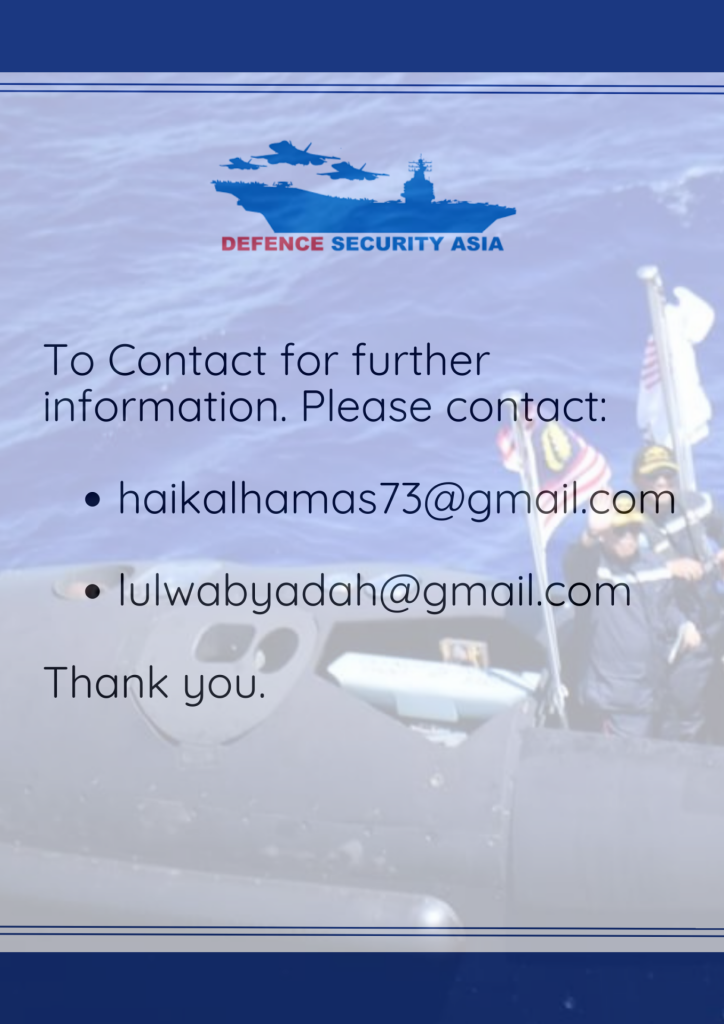Stealth Jet Showdown: Netanyahu Pushes to Torpedo Türkiye’s F-35 Ambitions Amid Syria Power Struggle, QME
Citing Western diplomatic sources, Middle East Eye reported that Israel is adamantly opposed to Türkiye acquiring the F-35 due to the deteriorating relationship between the two nations, a breakdown heavily influenced by their adversarial stances in the Syrian theatre.
(DEFENCE SECURITY ASIA) — In a marked escalation of regional defence posturing, Israel is reportedly ramping up diplomatic pressure on Washington to block any reconsideration of the ban on the sale of fifth-generation F-35 Lightning II stealth fighters to Türkiye, amid rising geopolitical turbulence across the Middle East.
Israeli Prime Minister Benjamin Netanyahu is said to have made the F-35 matter a central theme during recent discussions with former U.S. President Donald Trump and Secretary of State Marco Rubio during a strategic visit to Washington.
Citing Western diplomatic sources, Middle East Eye reported that Israel is adamantly opposed to Türkiye acquiring the F-35 due to the deteriorating relationship between the two nations, a breakdown heavily influenced by their adversarial stances in the Syrian theatre.
“Netanyahu raised the F-35 sale in several phone calls with U.S. Secretary of State Marco Rubio in March and April. He has also reportedly urged Rubio to reconsider the sale,” said one source.
“Netanyahu is understood to have privately declared his intent to pressure Trump into rejecting any transfer of F-35s to Türkiye,” the report added.
In a potential reversal of long-standing U.S. policy, former President Donald Trump has reportedly expressed a willingness to reconsider the sale of Lockheed Martin’s fifth-generation F-35 Lightning II stealth fighters to Türkiye, following a recent phone conversation with Turkish President Recep Tayyip Erdoğan.
According to diplomatic sources, Trump is said to be exploring a pathway to resume the transfer of the advanced multirole combat aircraft—provided that Ankara and Washington can reach an agreement that would see Türkiye effectively “silence” its Russian-made S-400 air defence system.
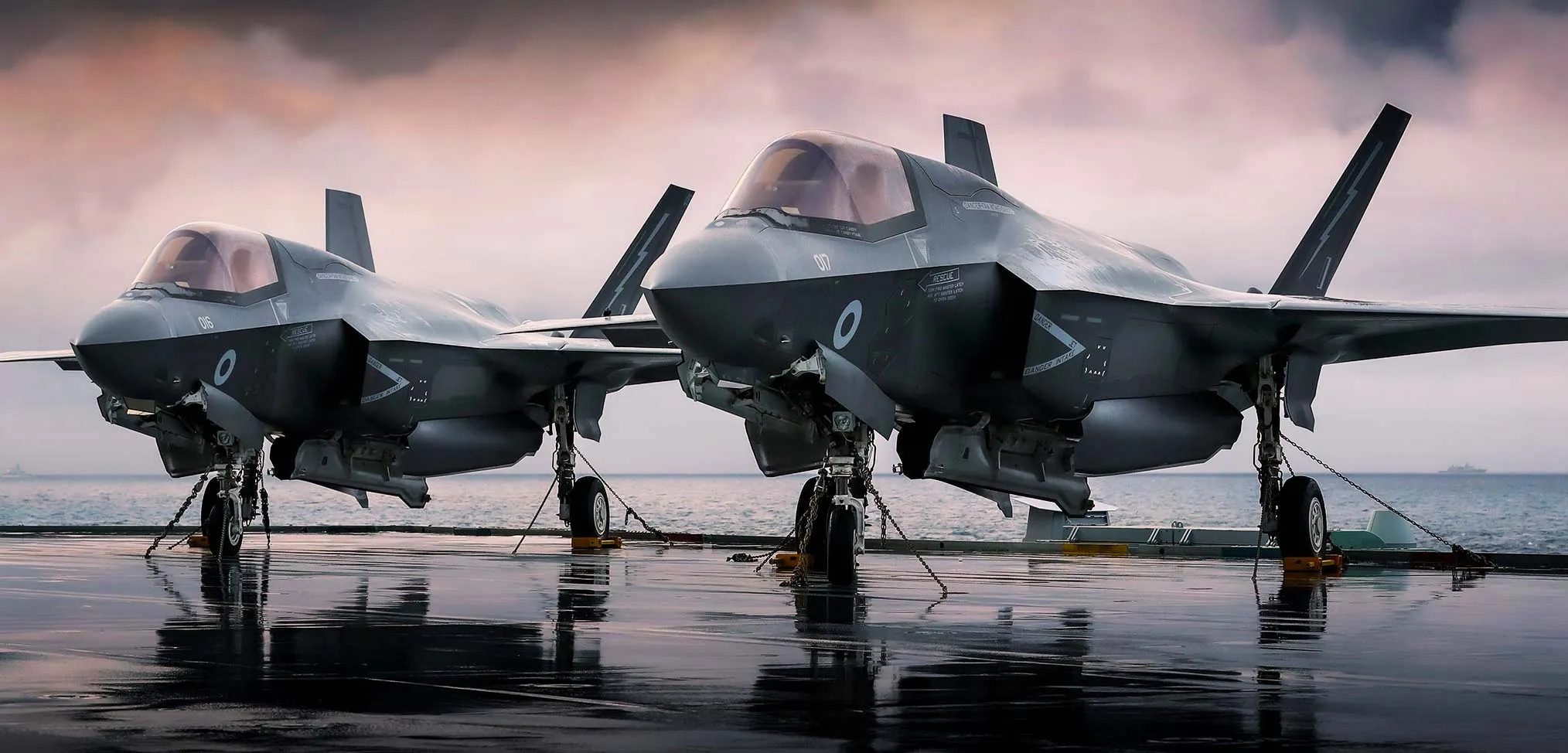
The prospect of reviving Türkiye’s participation in the F-35 program comes years after the United States imposed sanctions under the Countering America’s Adversaries Through Sanctions Act (CAATSA), following Türkiye’s controversial procurement of the S-400 from Moscow.
The deployment of the S-400 by a NATO member state was widely condemned by Washington and its allies, who warned that the system posed a threat to the integrity of allied air defences and could compromise the security architecture of the F-35 program.
CAATSA—passed by the U.S. Congress in 2017—aims to penalize states engaging in significant defence and intelligence transactions with America’s adversaries, chiefly Russia, Iran, and North Korea, through sweeping economic, military, and diplomatic sanctions.
As a direct consequence, Türkiye was expelled from the multinational F-35 development consortium and saw key segments of its defence industry sanctioned, including asset freezes and visa bans targeting senior Turkish officials.
The fallout also saw six F-35A fighter jets originally produced for Türkiye grounded indefinitely on American soil, left idle in U.S. hangars after the Pentagon halted their transfer to Ankara.
Before its removal from the program, Türkiye had signed a contract to acquire 100 F-35 aircraft, and was actively involved in the production of over 900 key components for the jet—contributions that had to be rapidly re-sourced by the U.S. defence industry after sanctions were enacted.
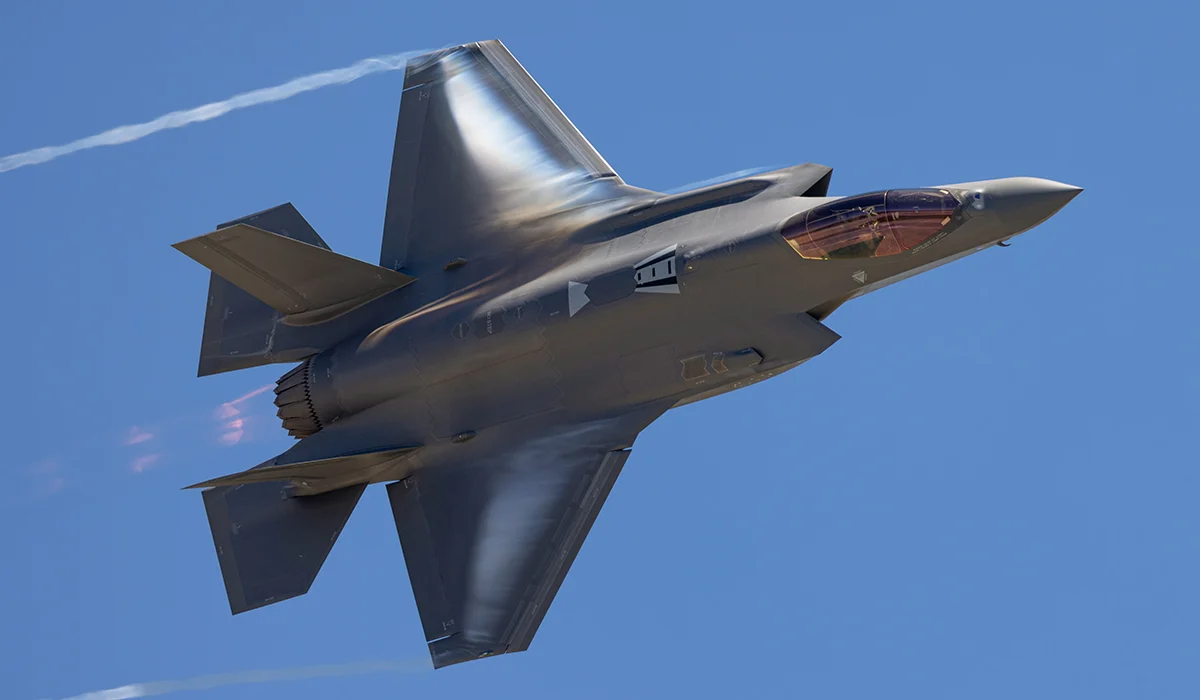
The question now, as signals emerge from Trump’s camp, is whether Ankara’s apparent openness to deactivating or relocating the S-400 system could pave the way for a carefully managed reentry into the F-35 fold—potentially reshaping the balance of power and alliance dynamics within NATO.
Meanwhile, at the core of Israel’s lobbying against Turkiye’s procurement of the cutting-edge F-35 is the preservation of its Qualitative Military Edge (QME)—a foundational pillar of U.S. defence policy in the region that guarantees Israel’s superiority over any military force in the Middle East.
Efforts by regional actors to procure advanced military technologies—especially stealth fighters and long-range precision missiles—are consistently met with Israeli resistance and supported by its influential political and defence lobbying apparatus in Washington.
Time and again, the United States has aligned with this doctrine, denying sensitive weapon systems to its own allies to avoid narrowing Israel’s strategic advantage.
Egypt, for example, has repeatedly been refused access to state-of-the-art beyond-visual-range missiles like the Meteor BVRAAM and AIM-120 AMRAAM to equip its Rafale and F-16 fleets—decisions widely attributed to Israeli objections.
Even Gulf nations with close ties to Washington and significant financial leverage have seen their aspirations to acquire the F-35 thwarted under QME-related constraints, despite their ability to purchase the aircraft in large quantities.
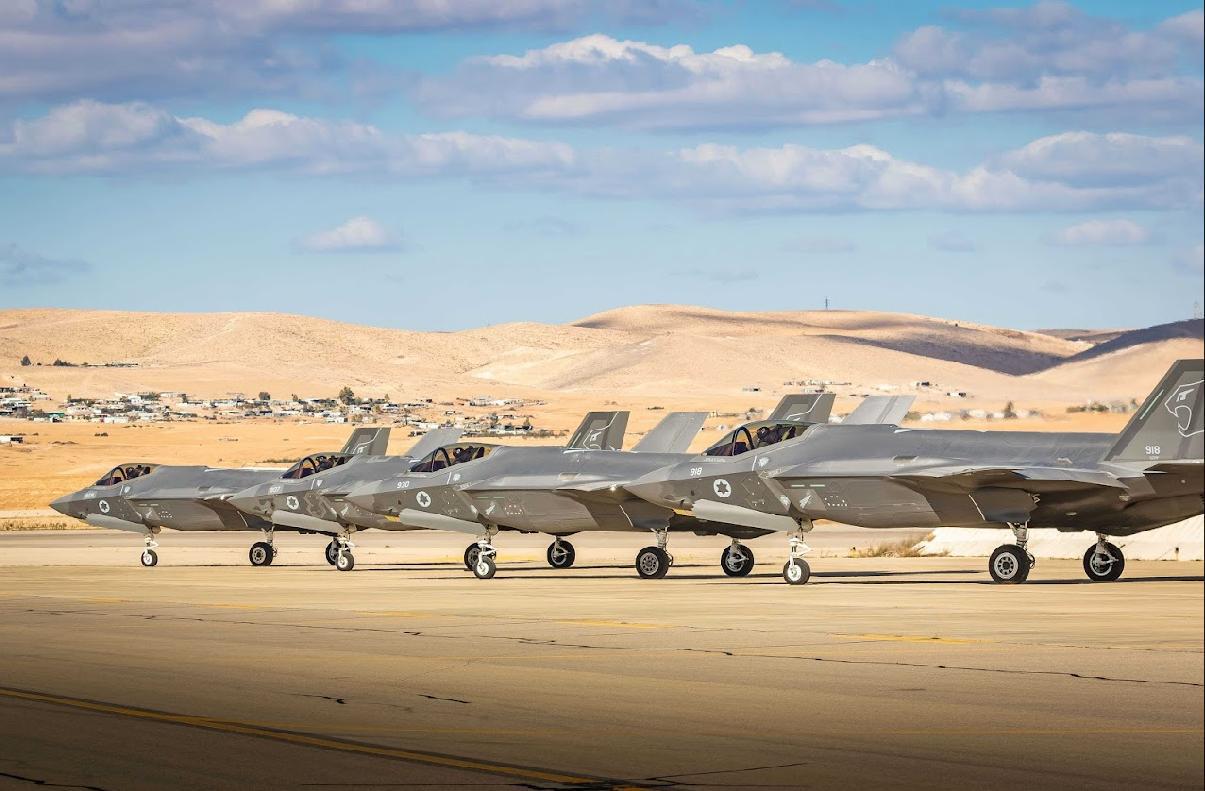
Tensions between Israel and Türkiye have reached a boiling point in recent months, particularly over post-Assad Syria, where both nations are vying to shape the power vacuum.
Tel Aviv has strongly opposed Ankara’s intentions to establish a long-term military footprint in Syria—an opposition that has now translated into preemptive military actions.
In a recent show of force, Israeli fighter jets launched precision strikes on the T-4 Air Base in Homs province—an installation Türkiye was reportedly eyeing for conversion into a permanent operational hub.
The airstrikes obliterated the base’s runway, air traffic control towers, hardened shelters, and Syrian Air Force assets, delivering what analysts described as a strategic signal to deter Turkish entrenchment.
“These strikes serve as a firm message that Israel will not tolerate the growing Turkish presence,” said one regional intelligence officer, citing satellite imagery of the aftermath.
A Syrian official aligned with Turkish interests confirmed to Reuters that the T-4 facility had become “completely unusable” in the wake of the Israeli bombardment.
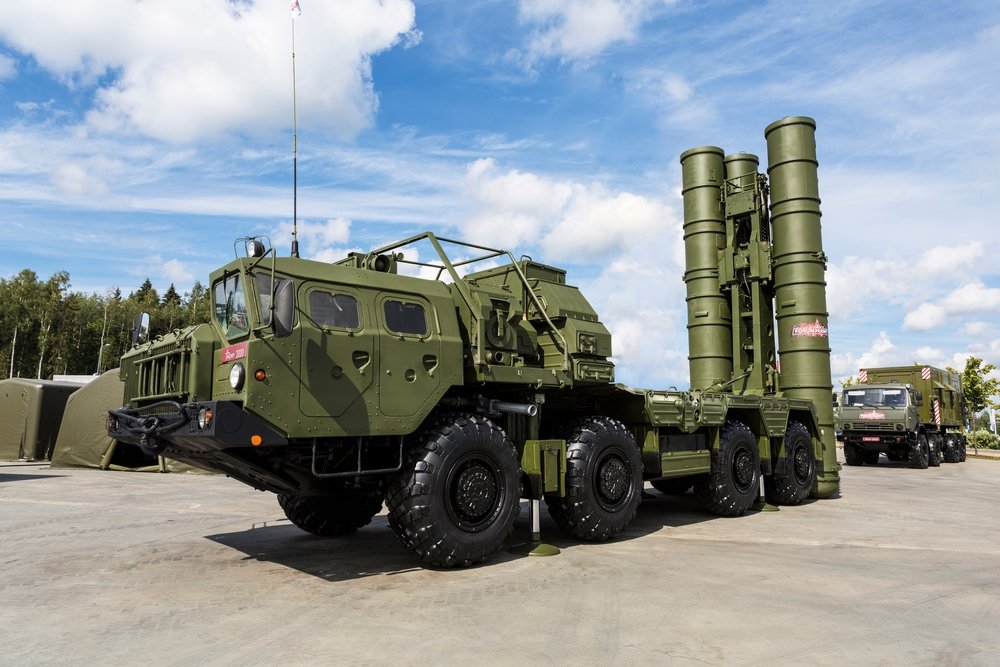
The Turkish Foreign Ministry responded sharply, labelling Israel as “the greatest threat to regional security.”
Ankara had planned to deploy drone squadrons and advanced air defence systems at T-4, transforming it into a forward-deployed ISR (Intelligence, Surveillance, Reconnaissance) and air dominance hub.
Among the systems reportedly earmarked for deployment are Türkiye’s domestically-produced Hisar-O, Hisar-U, and potentially the more sophisticated Hisar-RF and SIPER, developed by defence giants Aselsan and Roketsan.
In a dramatic strategic twist, Türkiye is also said to be considering the deployment of its Russian-made S-400 Triumf long-range air defence system to the Syrian base—pending the Kremlin’s approval.
Such a move would mark the first operational deployment of the controversial S-400 by Türkiye and could drastically shift the region’s air defence equilibrium.
If realised, this Turkish expansion would significantly limit Israel’s ability to conduct unchallenged airstrikes in central Syria, effectively creating an anti-access/area denial (A2/AD) bubble.
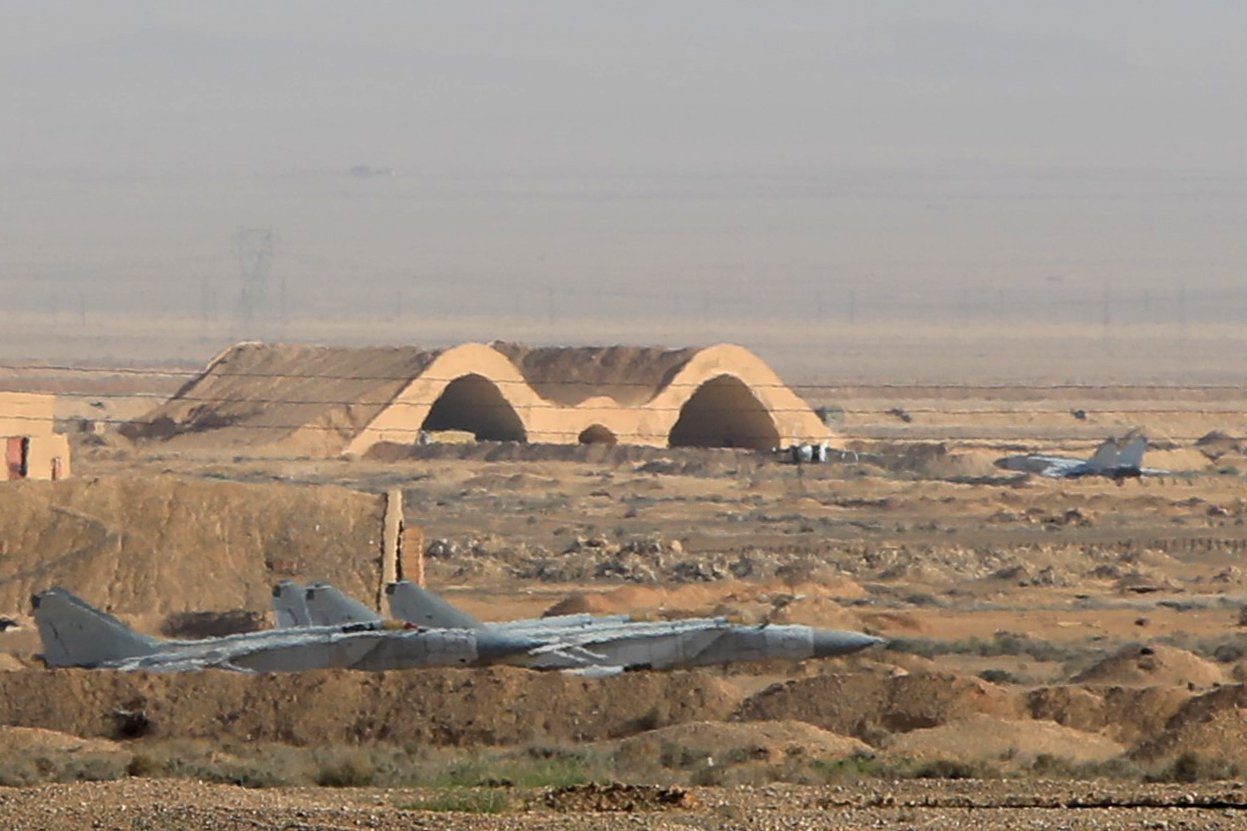
Strategically, Türkiye’s military presence in Syria appears to be shaped by three principal objectives: deterring future Israeli incursions post-Assad, neutralising remaining ISIS elements, and projecting Turkish influence amid the waning presence of Russia and Iran.
The layered deployment of Turkish air defences and ISR drones is poised to constrain Israel’s traditional aerial superiority, introducing a new era of contested skies in the Levant.
Israeli officials, alarmed by these developments, view Türkiye’s aggressive posture as a deliberate bid to curtail Israel’s strategic reach and rewrite the military balance in Syria.
According to Russian defence analyst Igor Subbotin, Türkiye’s plans to move the S-400 into Syria may constitute a “trap” for Israeli warplanes that have long operated with impunity in Syrian airspace.
Writing in Nezavisimaya Gazeta, Subbotin argued that Türkiye aims to construct a multilayered air defence shield over central Syria, anchored by the S-400 and flanked by Hisar-class and short-range interceptors—effectively creating a “protective umbrella” against future Israeli attacks.
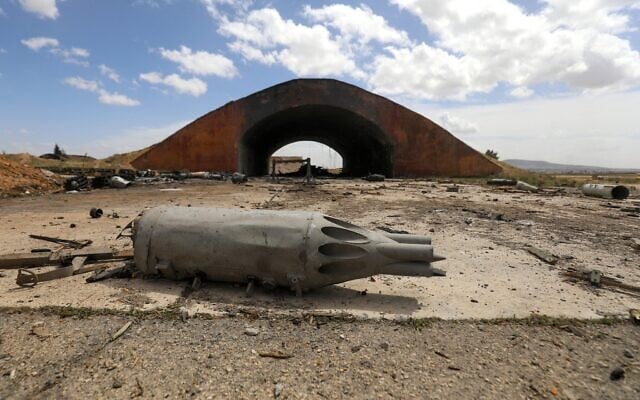
He noted that Turkish planners had identified a suitable facility in Homs province to house the S-400, underlining Ankara’s ambition to recast the strategic architecture of the region’s skies.
This evolving power play reflects a broader geopolitical recalibration underway in the Middle East, where traditional alliances are being tested, military technologies are altering the balance of power, and rival states like Israel and Türkiye are inching ever closer to open confrontation in a deeply fractured Syria.
— DEFENCE SECURITY ASIA
